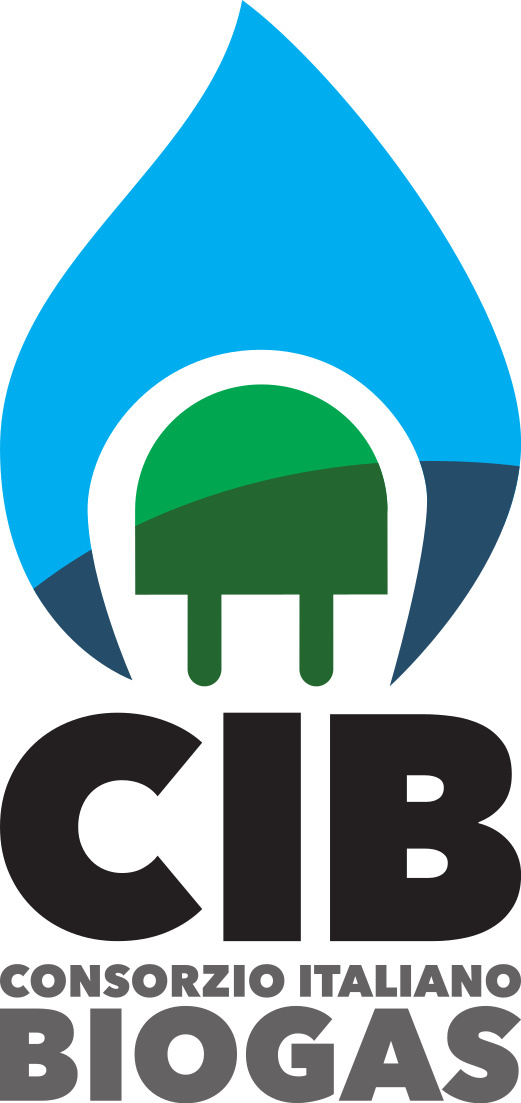Leachates
What is leachate?
The term leachate, in the context of environmental science, defines a liquid that mainly originates from the infiltration of water into the waste mass or from the decomposition of waste. To a lesser extent it is also produced by the progressive compaction of waste.
Leachate produced by controlled municipal solid waste (MSW) landfills is a waste product with a more or less high content of organic and inorganic pollutants resulting from biological and physico-chemical processes within the landfill.
The leachate produced is a wastewater with a high pollutant load that is difficult to treat, characterised by high levels of ammonia, COD, heavy metals and salinity (chlorides and sulphates).
The treatment of landfill leachate is necessary because it is considered potentially dangerous to the environment. It must be disposed of following certain chemical-physical procedures to render it harmless to people and the ecosystem.
By law, leachate must be captured and appropriately treated at the landfill site itself or transported to ad hoc plants duly authorised for the disposal of liquid waste.
There are two different ways of treating leachate:
Biological treatment (biological, combined biological, aerobic biological, anaerobic biological)
Biological treatment is a low-cost process in which organic matter is converted to carbon dioxide, water and biomass. In general, if pollutants can be treated by biological processes, the use of chemical-physical processes, which are more expensive, is not recommended. In some cases, however, it is difficult to achieve the legal standards by biological treatment alone and an integrated process must be envisaged.
Chemical-physical treatment (flocculation, adsorption, chemical oxidation, wet oxidation, reverse osmosis, evaporation and stripping)
Chemical-physical treatments act mainly in the separation and concentration of pollutants. The concentrate must then be further treated (incinerated, landfilled or other treatment).
How to dispose of leachate?
In general, there is no single treatment that is effective alone in achieving discharge goals.
In the design of a leachate treatment plant, the following aspects should be considered in addition to the characteristics of the leachate to be treated:
Limit concentrations to be met;
Limited generation of residues;
Low use of chemical agents during treatment;
Low demand for resources and energy;
Low environmental impact;
Simple, reliable, efficient and economical operation;
Solution
As was made clear earlier, the way leachate is created has several variable factors, therefore, the assessment of its characteristics must also be very accurate.
Its treatment solutions must be designed specifically for each plant and by finding optimal solutions.
Biowaste has had several experiences in supporting and developing leachate treatment solutions. One of the most recent is the GEA srl plant operated by Greenthesis Group in S. Urbano in the province of Padua. This is a landfill leachate evaporator plant with pretreatment on osmosis, with a treatment capacity of 72 tons/day.


